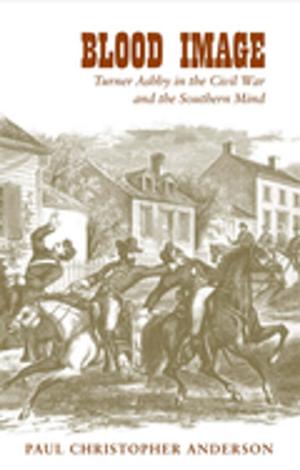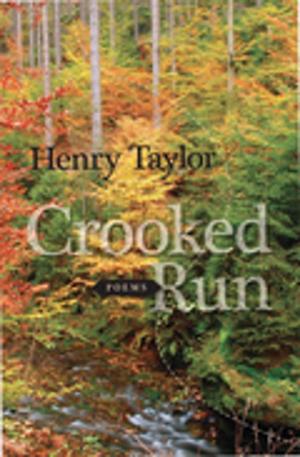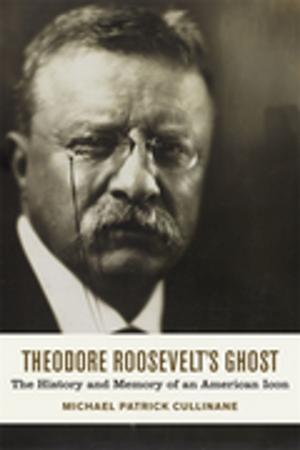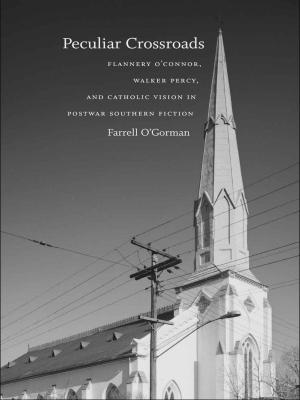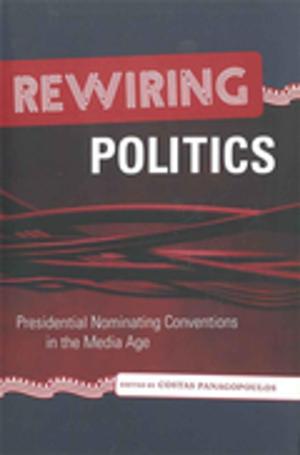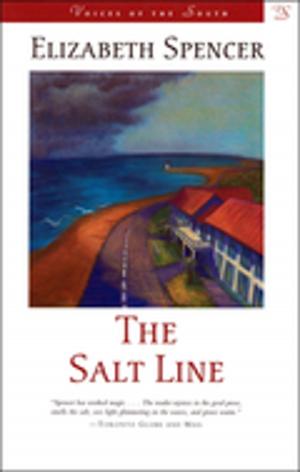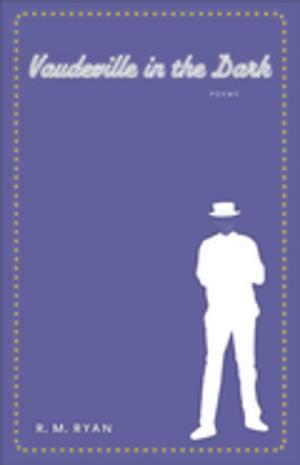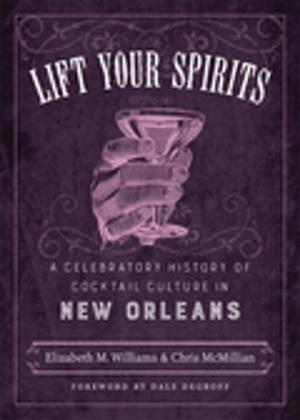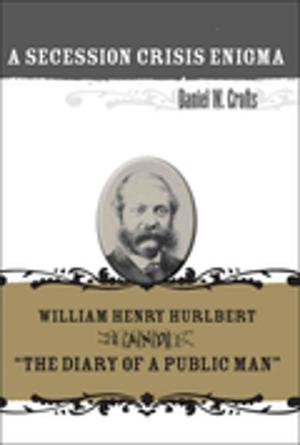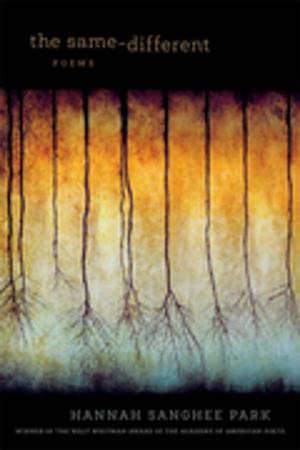Six Poets from the Mountain South
Fiction & Literature, Literary Theory & Criticism, Poetry History & Criticism, American| Author: | John Lang | ISBN: | 9780807147054 |
| Publisher: | LSU Press | Publication: | April 20, 2010 |
| Imprint: | LSU Press | Language: | English |
| Author: | John Lang |
| ISBN: | 9780807147054 |
| Publisher: | LSU Press |
| Publication: | April 20, 2010 |
| Imprint: | LSU Press |
| Language: | English |
In the most extensive work to date on major poets from the mountain South, John Lang takes as his point of departure an oft-quoted remark by Jim Wayne Miller: "Appalachian literature is -- and has always been -- as decidedly worldly, secular, and profane in its outlook as the [region's] traditional religion appears to be spiritual and otherworldly." Although this statement may be accurate for Miller's own poetry and fiction, Lang maintains that it does not do justice to the pervasive religious and spiritual concerns of many of the mountain South's finest writers, including the five other leading poets whose work he analyzes along with Miller's.
Fred Chappell, Robert Morgan, Jeff Daniel Marion, Kathryn Stripling Byer, and Charles Wright, Lang demonstrates, all write poetry that explores, sometimes with widely varying results, what they see as the undeniable presence of the divine within the temporal world. Like Blake and Emerson before them, these poets find the supernatural within nature rather than beyond it. They all exhibit a love of place in their poems, a strong sense of connection to nature and the land, especially the mountains. Yet while their affirmation of the world before them suggests a resistance to the otherworldliness that Miller points to, their poetry is nonetheless permeated with spiritual questing.
Dante strongly influences both Chappell and Wright, though the latter eventually resigns himself to being simply "a God-fearing agnostic," whereas Chappell follows Dante in celebrating "the love that moves the sun and other stars." Byer, probably the least orthodox of these poets, chooses to lay up treasures on earth, rejecting the transcendent in favor of a Native American spirituality of immanence, while Morgan and Marion find in nature what Marion calls a "vocabulary of wonders" akin to Emerson's conviction that nature is the language of the spiritual.
Employing close readings of the poets' work and relating it to British and American Romanticism as well as contemporary eco-theology and eco-criticism, Lang's book is the most ambitious and searching foray yet into the worlds of these renowned post--World War II Appalachian poets.
In the most extensive work to date on major poets from the mountain South, John Lang takes as his point of departure an oft-quoted remark by Jim Wayne Miller: "Appalachian literature is -- and has always been -- as decidedly worldly, secular, and profane in its outlook as the [region's] traditional religion appears to be spiritual and otherworldly." Although this statement may be accurate for Miller's own poetry and fiction, Lang maintains that it does not do justice to the pervasive religious and spiritual concerns of many of the mountain South's finest writers, including the five other leading poets whose work he analyzes along with Miller's.
Fred Chappell, Robert Morgan, Jeff Daniel Marion, Kathryn Stripling Byer, and Charles Wright, Lang demonstrates, all write poetry that explores, sometimes with widely varying results, what they see as the undeniable presence of the divine within the temporal world. Like Blake and Emerson before them, these poets find the supernatural within nature rather than beyond it. They all exhibit a love of place in their poems, a strong sense of connection to nature and the land, especially the mountains. Yet while their affirmation of the world before them suggests a resistance to the otherworldliness that Miller points to, their poetry is nonetheless permeated with spiritual questing.
Dante strongly influences both Chappell and Wright, though the latter eventually resigns himself to being simply "a God-fearing agnostic," whereas Chappell follows Dante in celebrating "the love that moves the sun and other stars." Byer, probably the least orthodox of these poets, chooses to lay up treasures on earth, rejecting the transcendent in favor of a Native American spirituality of immanence, while Morgan and Marion find in nature what Marion calls a "vocabulary of wonders" akin to Emerson's conviction that nature is the language of the spiritual.
Employing close readings of the poets' work and relating it to British and American Romanticism as well as contemporary eco-theology and eco-criticism, Lang's book is the most ambitious and searching foray yet into the worlds of these renowned post--World War II Appalachian poets.


